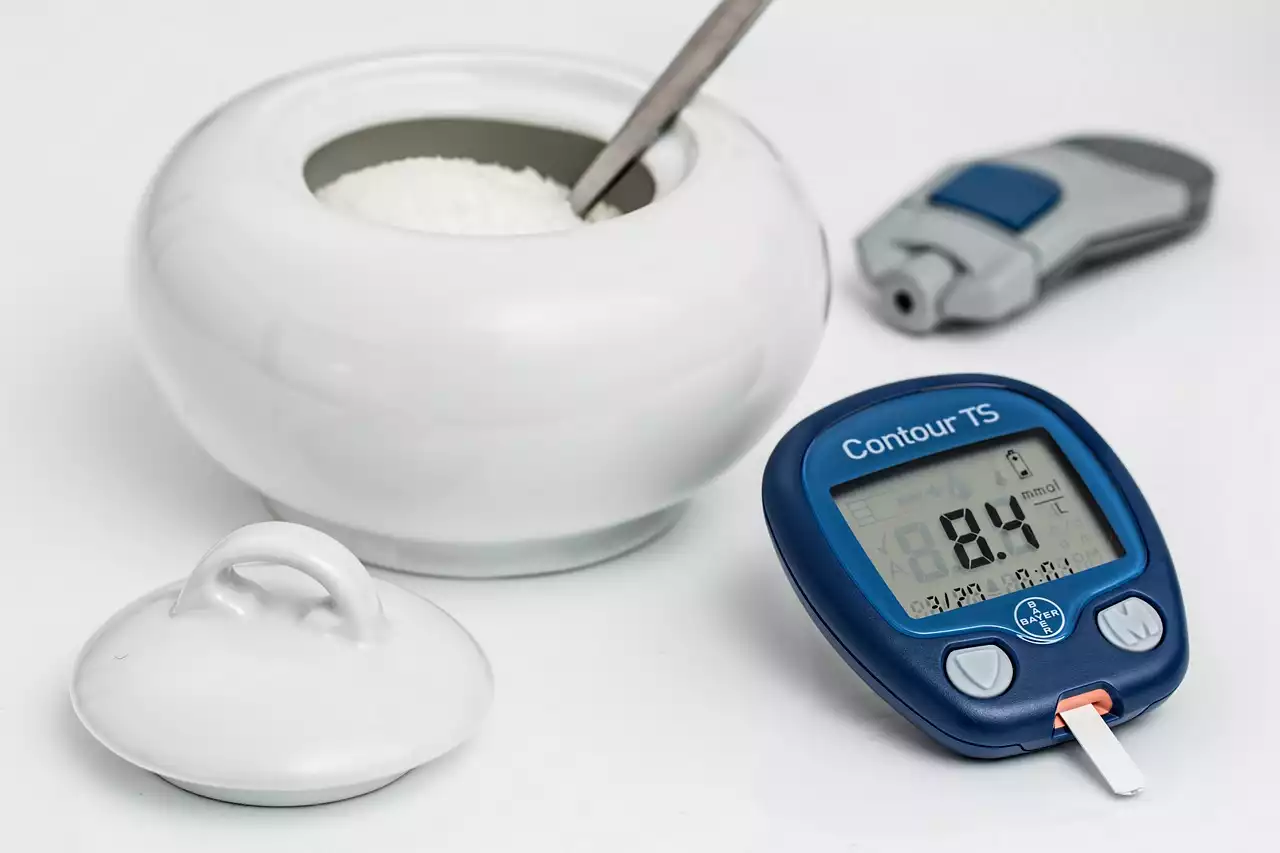Women have unique challenges when it comes to managing their diabetes. From logistical challenges like finding a restroom and dressing appropriately, to physiological challenges like menstrual cycles and pregnancy, women with diabetes face different obstacles than men. If you are a woman with diabetes, the special considerations that come with your gender do not mean that you cannot manage your disease as successfully as men. There are some key differences in how women with diabetes manage their condition that you need to know about. Fortunately, by arming yourself with the right information and tools, you can optimize your health and achieve better outcomes overall.
Menstrual Cycle and Diabetes Management
While the menstrual cycle it does not affect your diabetes management, it can have an impact on lifestyle habits that can have positive impacts on your glucose levels. For example, research has shown that a woman's risk of developing diabetes is reduced if she follows a healthy diet and exercises regularly during the pre-menstrual and menstrual phases. For women taking insulin, the menstrual cycle may dictate whether you take your insulin on time and the amount of insulin you need each day. For example, if you experience a significant change in blood sugar levels (i.e. if your blood sugar is too high or too low), you may need to adjust your insulin dose to accommodate for the change in hormones.
Pregnancy and Diabetes Management
If you are pregnant, you must discuss your diabetes management plan with your health care provider. Pregnancy is a high-risk time for women with diabetes, as the foetus requires a lot of glucose. A woman with diabetes has to increase her insulin production, take additional steps to keep her blood sugar levels under control and be more aware of her overall health. There are some additional steps that pregnant women with diabetes must take to keep their blood sugar at acceptable levels. This includes eating regularly and on a schedule, getting plenty of rest, and exercising regularly. It is also very important to test your blood sugar regularly and to take the proper amount of insulin based on the results. It is recommended that you test your blood sugar levels more often than usual, between 6 and 10 times per day.
Dressing for Success
There are some wardrobes considerations that women need to keep in mind when they have diabetes. Certain fabrics (such as silk, wool, and sponge rubber) can raise your blood sugar because they are slow to dry and retain moisture, which can lead to bacterial growth and skin irritation. On the other hand, synthetic fabrics tend to be quick-drying and less likely to cause skin problems. Make sure your shoes fit properly and have a good grip. If you use an insulin pump, you’ll need to wear clothes that are easy to access.
Finding a Bathroom When You Have Diabetes
If you are in an unfamiliar place, you can prepare yourself to find a bathroom by carrying a diabetes emergency kit. This kit should include blood sugar testing supplies, a blood sugar meter, insulin, syringes, snacks, water, and anything else that you might need. It is recommended that you keep your diabetes supplies with you at all times. If you are in a place (like a restaurant) that does not allow you to keep your supplies with you, then ask the host or manager if you can store them in their back room. If you are on an insulin pump and you are concerned about keeping the setting a secret, there are some steps you can take to avoid drawing attention to yourself. For example, you can put your pump in a waistband clip or a pouch on the side of your leg.
Managing Your Blood Sugar While Standing
Standing can be tough when you have diabetes, but it is important to know that the good news is that you can manage it. Here are some tips to help you manage your blood sugar while standing: - Take a break: When managing your blood sugar while standing, it is important to take a break every 30 minutes. Take a 5-minute break to check your blood sugar and change your insulin settings if necessary. - Eat regularly: When managing your blood sugar while standing, make sure to eat regularly. Eating regularly helps to keep your blood sugar from going too low. - Check your blood sugar more often: When managing your blood sugar while standing, you need to check your blood sugar more often. Make sure to check your blood sugar at least 6 times a day. - Stay hydrated: When managing your blood sugar while standing, make sure to stay hydrated, as dehydration can lead to a drop in blood sugar levels.
Summing it up
Women have unique challenges when it comes to managing their diabetes. From logistical challenges like finding a restroom to physiological challenges like menstrual cycles and pregnancy, women with diabetes face different obstacles than men. If you are a woman with diabetes, the special considerations that come with your gender do not mean that you cannot manage your disease as successfully as men. By arming yourself with the right information and tools, you can optimize your health and achieve better outcomes overall. But with the correct information, women can successfully manage their diabetes.


 Work well with others for Continuous Professional Development
Work well with others for Continuous Professional Development
 7 low-carb alternatives to satisfy your cravings
7 low-carb alternatives to satisfy your cravings
 Parenting Styles Uncovered: Find Your Perfect Balance between Authority and Neglect
Parenting Styles Uncovered: Find Your Perfect Balance between Authority and Neglect Mindful Tips on Navigating the Menopause
Mindful Tips on Navigating the Menopause Early Detection and Managing Breast Cancer
Early Detection and Managing Breast Cancer Common Health Concerns for Women
Common Health Concerns for Women Causes of Depression and Anxiety in Women
Causes of Depression and Anxiety in Women